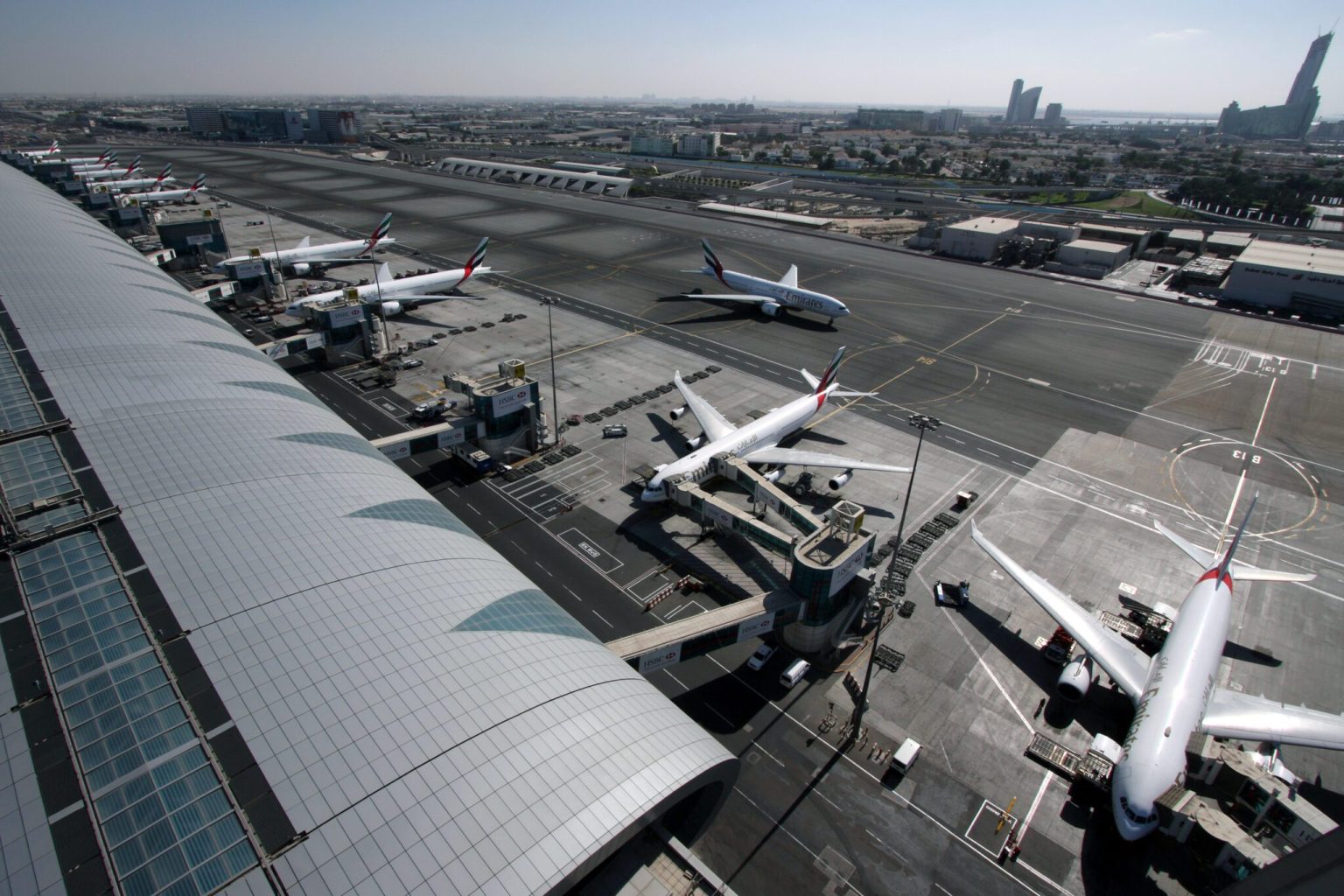Dubai is known for its ambitious construction projects, and the latest addition to the list is a $35 billion expansion plan for DWC (Dubai World Central — Al Maktoum International Airport). With hopes of becoming the world’s largest airport within the next decade, the new facility will have five runways, five terminals, and capacity for 260 million passengers. Dubai Airports CEO Paul Griffiths believes that with the new airport being closer to the city, the existing hub – Dubai International Airport (DXB) – may become obsolete. Griffiths believes that the proximity of the new airport will make it clear that one airport with sufficient capacity will be enough for the city.
Dubai International Airport (DXB) is crucial to the city’s air travel infrastructure and serves as the base for successful airline Emirates. In 2023, DXB welcomed 86.9 million passengers, with an annual traffic of 86.3 million in 2019. The airport is expected to receive 88.8 million guests this year, close to its all-time high of 89.1 million passengers in 2018. While DXB does not release its financial information, its Duty Free business alone had $2.16 billion in sales turnover last year. Griffiths emphasized the importance of the new airport, stating that DXB will run out of space within the next decade and additional capacity is necessary as the size of aircraft continues to decrease.
The contribution of aviation to Dubai’s economy is substantial, and Griffiths believes that the new airport will generate greater revenue directly and indirectly by attracting more people to the city. He expressed relief that the expansion plan has been announced, as the move to a new hub will be challenging and require a phased approach. Griffiths highlighted the significance of the aviation industry in boosting the city’s economy and covering the costs of the new airport. With the expansion of DWC, Dubai aims to enhance its position as a global aviation hub and accommodate the growing demand for air travel in the region.
While DWC’s ambitious expansion plans may signal the future for Dubai’s airport infrastructure, there are concerns about the future of DXB once the new facility is operational. Griffiths believes that with the increasing journey times and development in the southern region of Dubai, the new airport will be more convenient for residents in the city. He reiterated that having two airports may not be necessary, and consolidating the operations into one hub with sufficient capacity could be more efficient in the long run. The decision to focus on expanding DWC reflects Dubai’s ambition to continue its growth as a global aviation hub and meet the increasing demand for air travel in the region.
The $35 billion expansion of DWC represents a significant investment in Dubai’s aviation infrastructure and signals the city’s commitment to maintaining its position as a key player in the global aviation industry. As DXB approaches its capacity limits, the new airport will provide the necessary additional capacity to accommodate the growing number of passengers and flights. While the transition to a new hub will be complex and challenging, Griffiths is confident that the benefits of the expansion will outweigh the challenges. With the new airport expected to boost revenue and contribute to the city’s economy, Dubai is poised to solidify its position as a leading aviation hub in the region and beyond.


